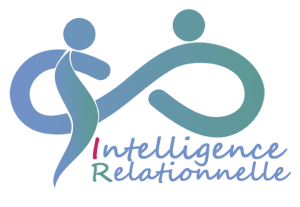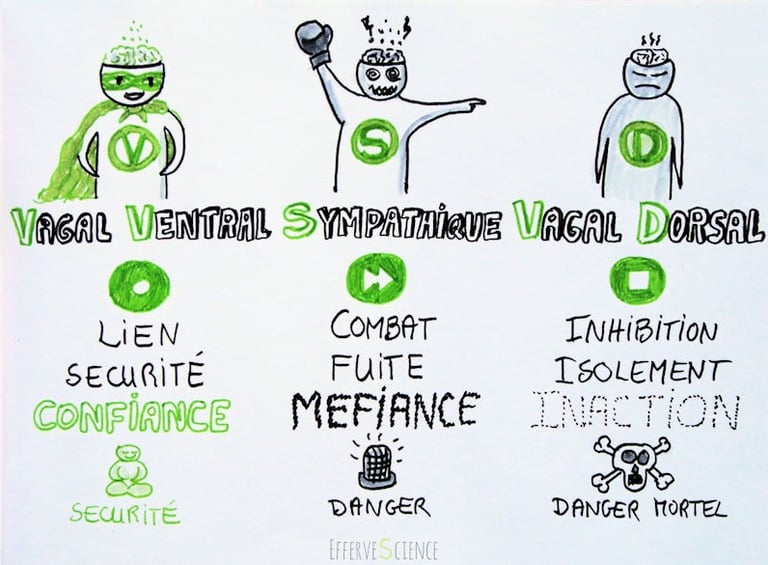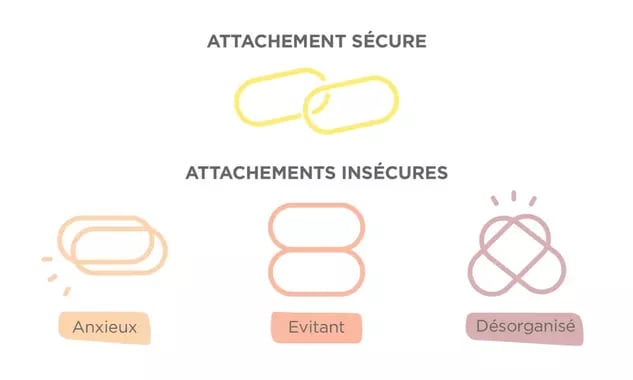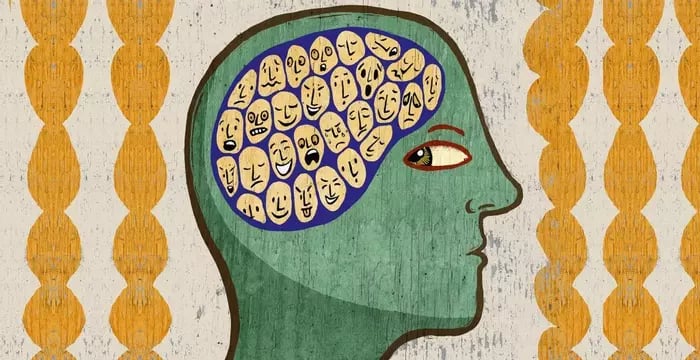
Psychotrauma
The latest discoveries in neuroscience and the work of psychiatrists such as Bessel Van Der Kolk have made it clear that traumatic experience is, above all, a physiological phenomenon.
The effects of trauma notably lead to dysregulation of the autonomic nervous system.
This is both good news and bad news.
The bad news is that talk therapies are insufficient to treat the physiology of trauma.
The good news is that we now understand why they are often ineffective. Understanding these physiological phenomena has allowed the emergence of other forms of therapy that rely on the brain's plasticity.


Fee
Follow-up session: 1 hour €70
Money should not be a barrier to healing, so feel free to contact me regarding the fee.
was created by Dr. François Le Doze, a neurologist, to specifically address the needs of individuals suffering from trauma.
It is a form of therapy known as associative, as it allows for work on the various dissociations related to trauma.
It is based on three pillars.
Polyvagal
Theory
TPV
Attachment
Theory
Internal
Famiily
Sytem
IFS
Dr Stephen Porges
The Polyvagal Theory provides an understanding of how the vagus nerve functions in relation to behavioral and emotional responses.
In RI, it allows for reading the client's autonomic nervous system (ANS) and thus enables corrective actions to help recalibrate it.
This can be done through movements, shifts in position, changes in facial expressions, tone of voice, etc.
https://www.youtube.com/watch?v=HVVpa_-pLkEEt


Bowlby's work made it possible to understand the impact of attachment styles developed by children—and how these will shape all future relationships, both in childhood and adulthood.
This same theory helps explain why individuals, whether children or adults, with an insecure attachment style are more likely to experience trauma.
It plays a major role in the facilitation of Relational Intelligence.
Within the dynamics of the therapeutic relationship, the client is able to experience a conscious, cognitive, physical, and even emotional engagement from the therapist. This allows the client to develop a secure attachment, making it possible to overcome significant difficulties that may arise during therapy.


Dr Richard C. Schwartz
This model is based on two core principles: we are made up of many sub-personalities (parts), and recognizing them creates a healing space in which we can understand and support them to live more harmoniously.
With this model, we develop our ability to welcome with curiosity and compassion what lives within us—our inner conflicts, our reactions to others, to life.
In RI, this method is used when the person's ANS is sufficiently regulated.
The experiences of co-regulation with the therapist evolve into self-regulation. The individual can then explore the parts of themselves that need to be seen and healed, thereby rebalancing their inner world and becoming more autonomous.
https://www.youtube.com/watch?v=n9IJttHPYno


